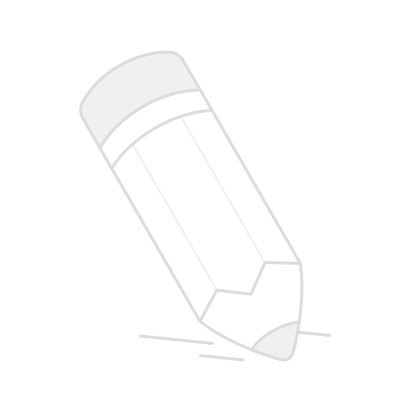Everyone learns in a different way, whether it is visually, auditory, or kinesthetically. Hyerle and Yeager (2007) explain "Visualizing our thinking allows us to have concrete image of our abstract thoughts" (p.3). Thinking maps are becoming popular because they allow students to visually organize their information. Jensen (2004) reports "80% of all information that comes into our brain is visual. 36,000 visual messages per hour may be registered by the eyes. 40% of all nerve fibers connected to the brain are linked to the retina" (p.18). Individuals are more likely to remember visual strategies. Peregoy and Boyle (1997) share "We believe that probably the best strategies for teaching text structures are visual-spatial strategies" (p.146). Students are able to transfer their knowledge from one year to the next because Thinking Maps can be used in multiple subjects, grade levels, and at different schools. Marzano (2001) discusses "Knowledge is stored in two forms: linguistically and nonlinguistically. Research proves that the more we use both systems of representation, the better we are able to think and recall knowledge" (p. 12). Throughout the years, teachers have been using visuals to teach students such as brainstorming webs and clusters and content specific graphics. Now, teachers are starting to use Thinking Maps which connect the old strategies with the addition of complexity and critical thinking.

The Benifits of Thinking Maps
185
- 954年前
- 904年前
专辑主播











